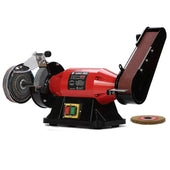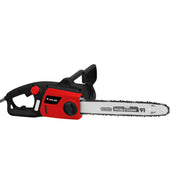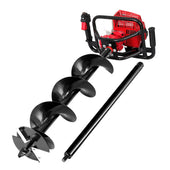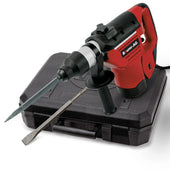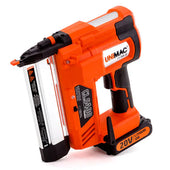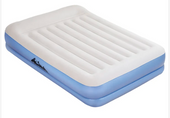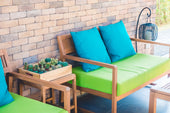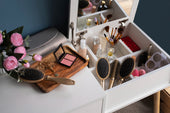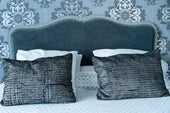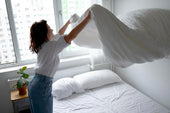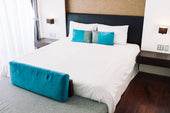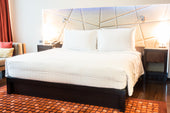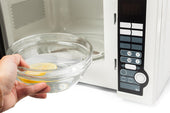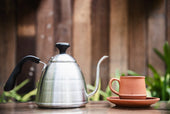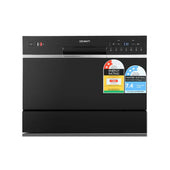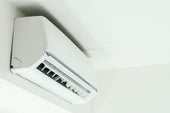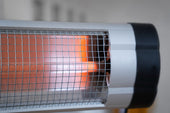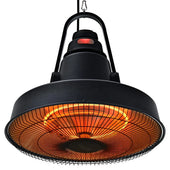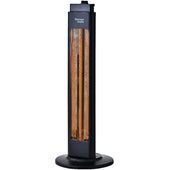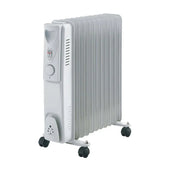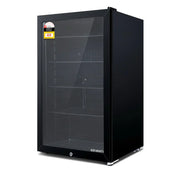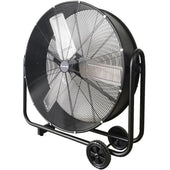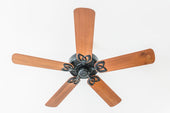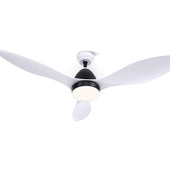Understanding the Importance of Bedside Table Height
The height of a bedside table plays a crucial role in both functionality and aesthetics. A table that matches the height of the bed's mattress provides practical benefits, such as ease of access to essentials like lamps, books, or glasses. If the table is too high or too low, it can disrupt sleep or cause strain when reaching for items during the night.
Matching the bedside table height to the bed frame ensures a cohesive look during days, enhancing the overall bedroom design. Additionally, proper height alignment prevents accidental bumps or items falling, thereby improving safety and convenience within the sleeping area.
Assessing Your Bed's Height: Key Measurements to Consider
Understanding the height of your bed frame is crucial when matching it to a bedside table. Begin by measuring the height from the floor to the top of the mattress. This should include any mattress toppers or pads to ensure accuracy. Ideally, aim for the bedside table to sit at or slightly below the mattress top for convenience.
Measurements to Take:
- Bed frame height: Measure from the floor to the bed base.
- Mattress thickness: Add this to the bed frame height for a total.
- Distance to floor: Determine how easy it is to access items depending on overall height.
Accurate measurements ensure a comfortable and functional setup.
Ergonomics and Accessibility: Striking the Right Balance
Selecting a bedside table involves considering both ergonomics and accessibility to ensure comfort and functionality. The table should be easy to reach without straining when sitting or lying in bed. Ideally, the table’s height aligns with the top of the mattress or slightly below it.
Key considerations:
- Reachability: Ensure frequently used items like lamps, books, or water bottles are within arm's reach.
- Surface Space: Opt for a table that accommodates essential items without clutter.
- Stability: Check for sturdy designs to prevent tipping over, especially in small or crowded rooms.
Finding the right balance between comfort and convenience enhances the overall bedroom experience.
Proportion and Aesthetic Harmony in Bedroom Design
Achieving aesthetic harmony in bedroom design requires careful attention to proportions. The height of the bedside table plays a significant role in maintaining visual balance with the bed frame. Ideally, the top of the bedside table should align with the mattress surface or slightly below it to ensure functional and aesthetic cohesion. Oversized or undersized tables can disrupt the symmetry and create an unbalanced appearance.
Consider the surrounding décor elements as well, such as lamps and artwork, which should align proportionately. Balancing textures, colours, and shapes helps unify the space, creating a room that feels both serene and cohesive. Consistency remains key.
Standard Heights vs Customised Options: What Works Best?
When selecting bedside tables, homeowners often debate between standard heights and customised designs. Standard-height tables typically range between 24–28 inches, aligning with the average mattress height of 25 inches. They offer convenience, quick availability, and a design that suits most beds. However, standard options may not complement unusually high or low bed frames.
Customised bedside tables cater to individual needs, allowing adjustment to match specific bed heights or unique design preferences. They ensure functional ease, such as optimally placing items within reach.
For those prioritising aesthetics and functionality, customised choices better reflect personal style. Standard heights remain an efficient option for simplicity and budget considerations.
Matching the Bedside Table to Your Living Style
Selecting a bedside table involves more than matching heights; it should harmonise with personal living habits and décor preferences. Practicality may guide those who value functionality, favouring tables with drawers, shelves, or built-in charging stations for organised storage and accessibility. Minimalists may opt for sleek, clean-lined designs offering understated elegance without excess. Individuals appreciating vintage aesthetics could seek ornate wood or distressed finishes to complement traditional interiors.
For those incorporating modern trends, bedside tables in bold colours or geometric shapes bring contemporary energy. Compact, floating designs cater to rooms with limited space while maintaining a chic aesthetic. Lifestyle considerations seamlessly blend with intention to balance form and usability.
Top Mistakes to Avoid When Choosing Bedside Table Height
- Ignoring Bed Frame Height: Selecting a table without considering the height of the bed frame often leads to discomfort. A table too high or too low can disrupt ease of use.
- Overlooking Mattress Thickness: A thick mattress significantly impacts the overall bed height. Failing to account for this can result in mismatched proportions.
- Focusing Only on Aesthetics: Prioritising design over functionality may lead to bedside tables that look good but aren’t practical for everyday use.
- Neglecting Sitting Position: Misjudging the height can make reaching items awkward, especially when sitting on the edge of the bed.
- Skipping Measurements: Estimating dimensions instead of accurately measuring often results in tables that are incompatible with the bed setup.
Tips for Pairing Bedside Tables with Different Bed Types
- Platform Beds: Choose sleek, low-profile tables to complement the minimalist design. Ensure the height aligns with the reduced elevation of the frame for ease of use.
- Canopy Beds: Opt for taller bedside tables with ornate features to match the grandeur of the canopy. Consider tables with drawers or shelves for extra functionality.
- Upholstered Beds: Pair upholstered frames with bedside tables featuring soft finishes or rounded edges to harmonise textures and maintain aesthetic balance.
- Storage Beds: Select compact tables with open designs to avoid overcrowding the space while keeping functions accessible.
- Adjustable Beds: Prioritise height-adjustable tables to match shifting mattress positions, ensuring adaptability and convenience.
DIY Adjustments: How to Modify Pre-existing Bedside Tables
Modifying your existing bedside table to achieve the perfect height can be a practical and cost-effective solution. Here’s how to do it:
- Add Furniture Risers: Use stackable risers to elevate the table. Ensure they are stable and match the aesthetic.
- Trim the Legs: Using a saw, shorten the legs if the table is too tall. Smooth the edges with sandpaper after cutting.
- Attach Castor Wheels: For added height and mobility, screw in lockable casters underneath.
- Replace the Top Surface: Swap the existing top with a thicker or thinner material to adjust height subtly but effectively.
Always measure carefully to ensure the adjustments suit your bed frame.
Final Thoughts: Achieving Functionality and Style in Your Bedroom
Creating a balanced and visually appealing bedroom involves thoughtful choices that combine functionality with style. The bedside table plays a pivotal role in both practical use and aesthetic design. Its height directly influences its usability, whether for holding essentials such as lamps, clocks, or books, while blending seamlessly with the bed frame. Prioritising proportional dimensions ensures comfort and ease of access, especially when reaching for items during the night.
Design elements, including material, colour, and overall configuration, also contribute to the harmony of the space. Adopting versatile styles and neutral finishes allows continuity while accommodating individual preferences. Proper planning transforms the bedroom into a cohesive and inviting sanctuary.






















































